Industry
In order to promote hygienic criteria and health concerns, Spanish cities were provided, between the end of the 19th century and the beginning of the 20th century, with new public facilities, among which the slaughterhouses were highly relevant.
There was a need for a modern and efficient facility that would enable the slaughter of cattle and the hygiene control of the meat, adding the technological advances developed in the sector. This led to the construction of an architectural complex in the municipality of Langreo to serve as a slaughterhouse.
The slaughterhouse in Langreo was designed in the late 1910s, using as a typological reference the one in El Natahoyo (Gijón), a complex erected in 1888 which unfortunately has not been preserved. On the other hand, the Langreo slaughterhouse complex has been partially preserved, although not entirely. It was reconverted in 2007 into the Eduardo Úrculo pinacotheque, thanks to the work undertaken by the architect Jovino Martínez Sierra.
The location chosen for the slaughterhouse met the requirements of this type of establishment: accessibility, a certain distance from the town centre (in Prado de San Lorenzo, between the towns of Sama and La Felguera), water supply from the Nalón river, a sewage system and good ventilation conditions. Its design is carried out by the municipal architect Enrique Rodríguez Bustelo, although the ownership of the construction project is shared. The first stages correspond to the architect Manuel del Busto and the task of finishing off the facilities falls to Francisco Casariego. He was also responsible for the building intended for the municipal warehouse, stables and garage, which has disappeared as a result of the refurbishment.
The slaughterhouse was inaugurated in 1921. In order to achieve maximum efficiency and hygiene in the slaughter process, the complex, distributed in three building lines, was provided with the required services to guarantee mass production. This included an overhead track system manufactured by Altos Hornos de Vizcaya, equipment and machinery that allowed lifting and hanging the cattle.

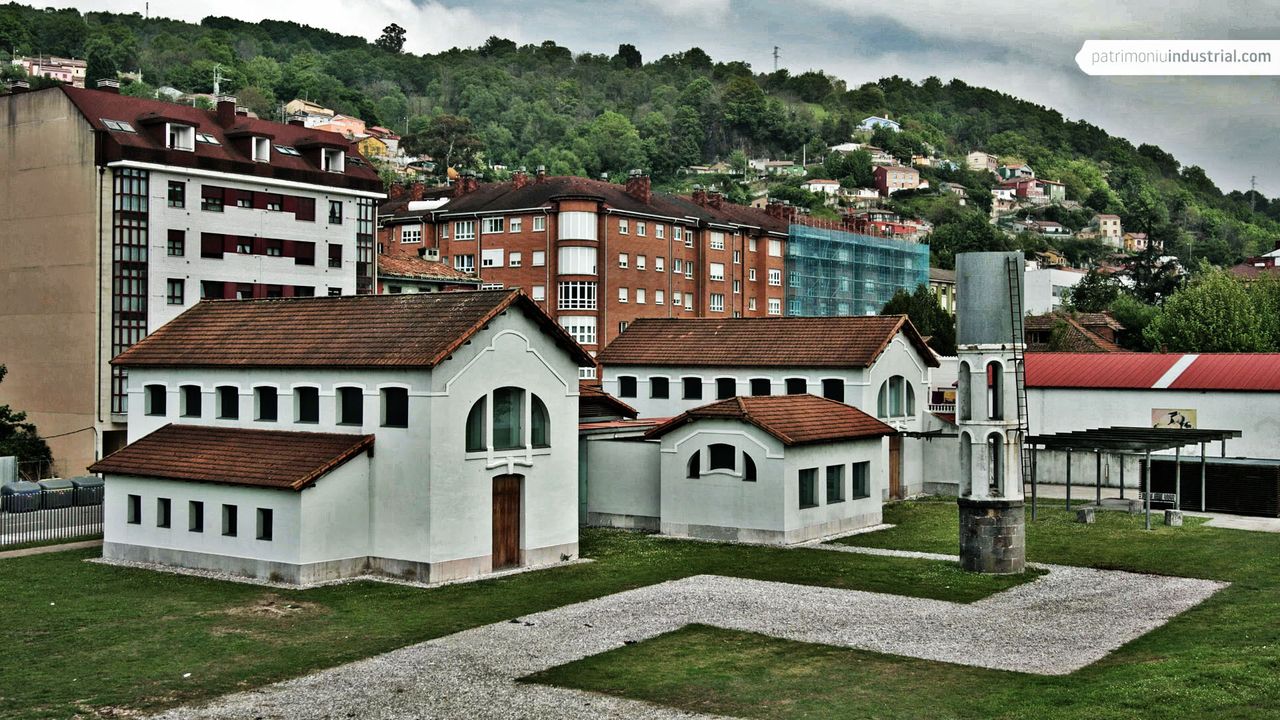
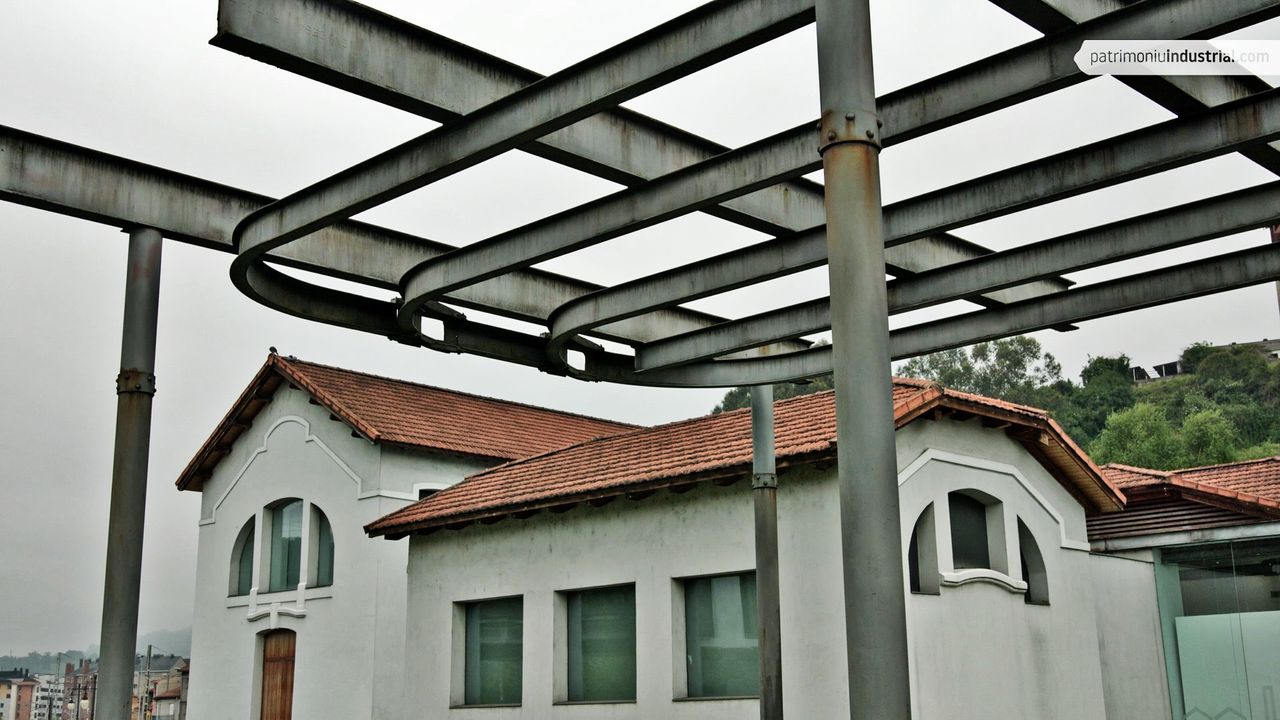
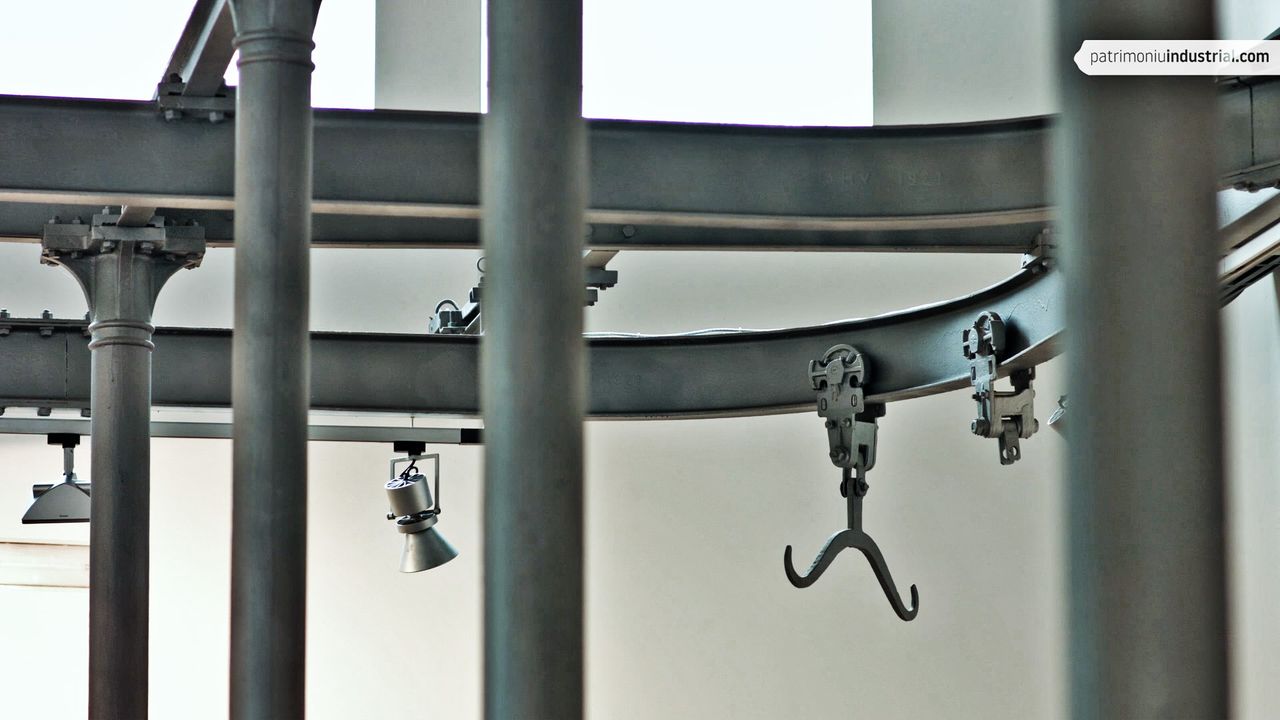
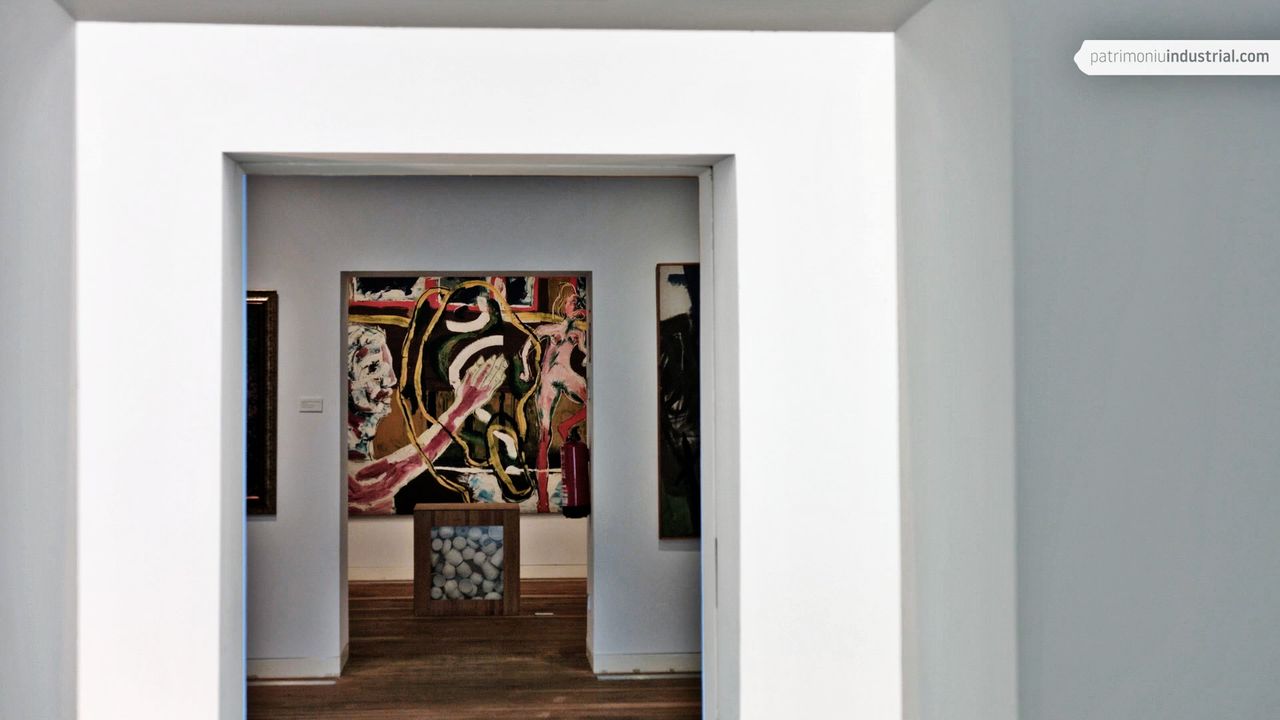
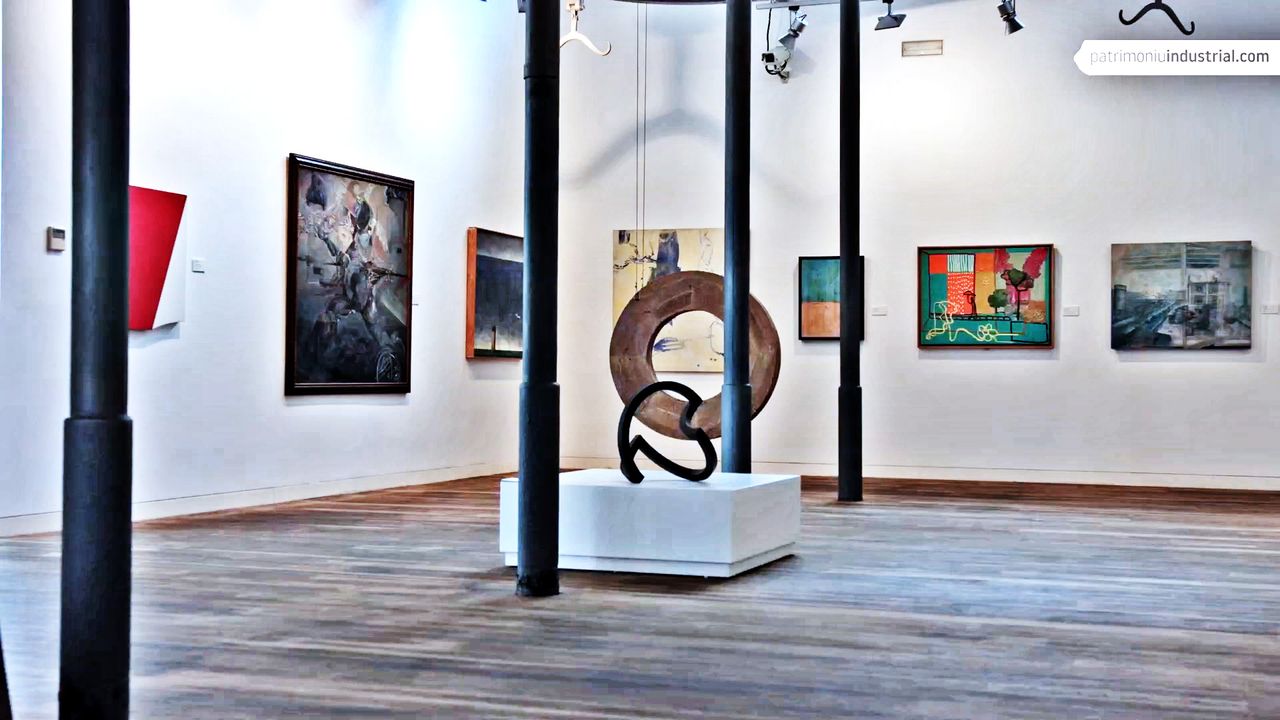
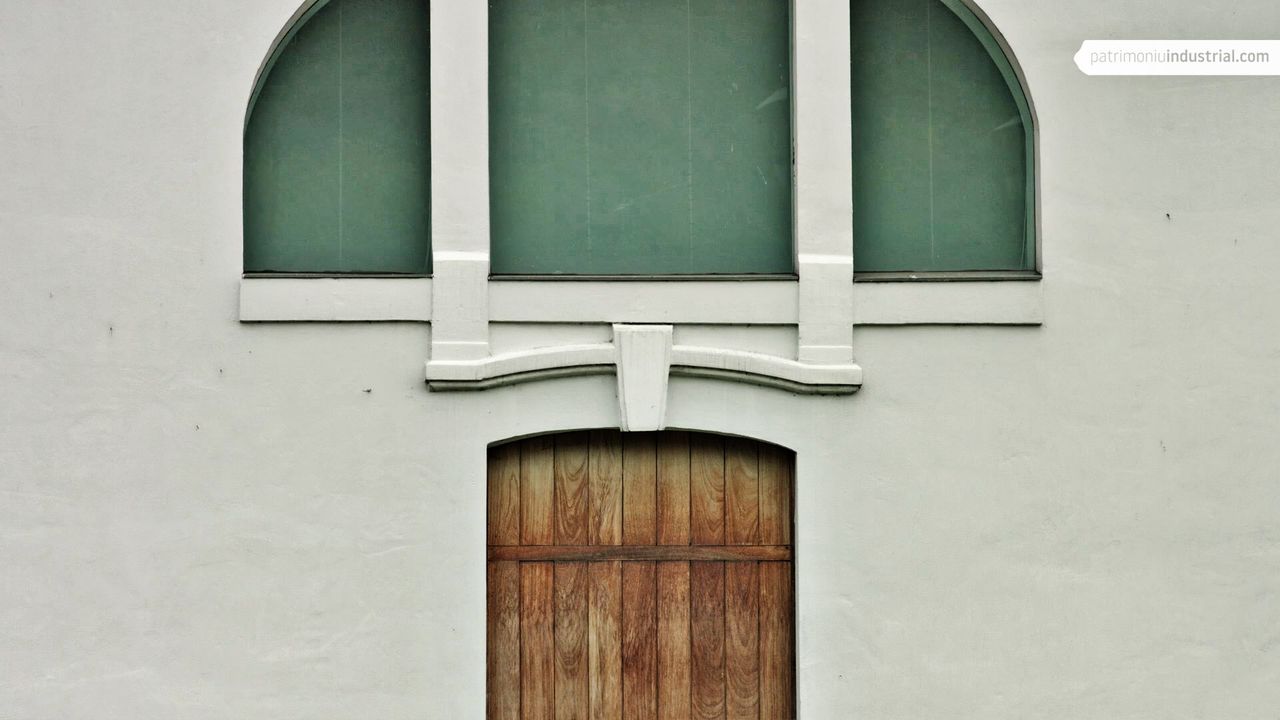
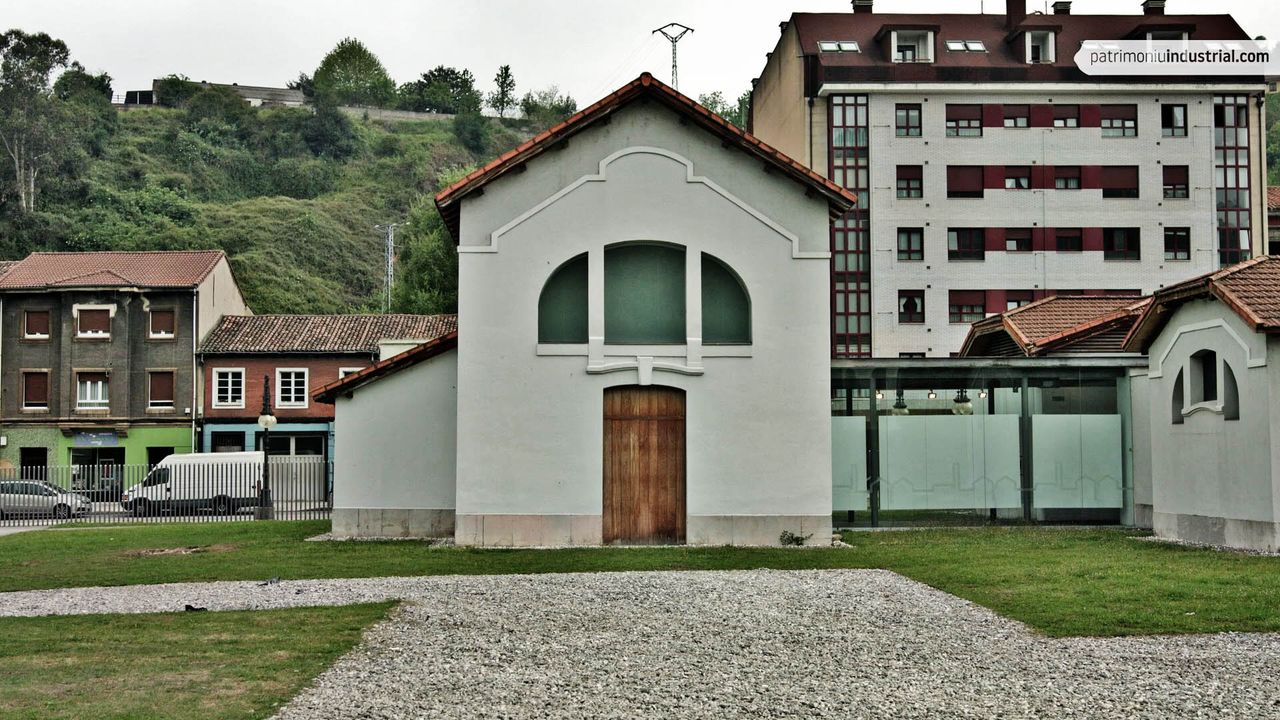
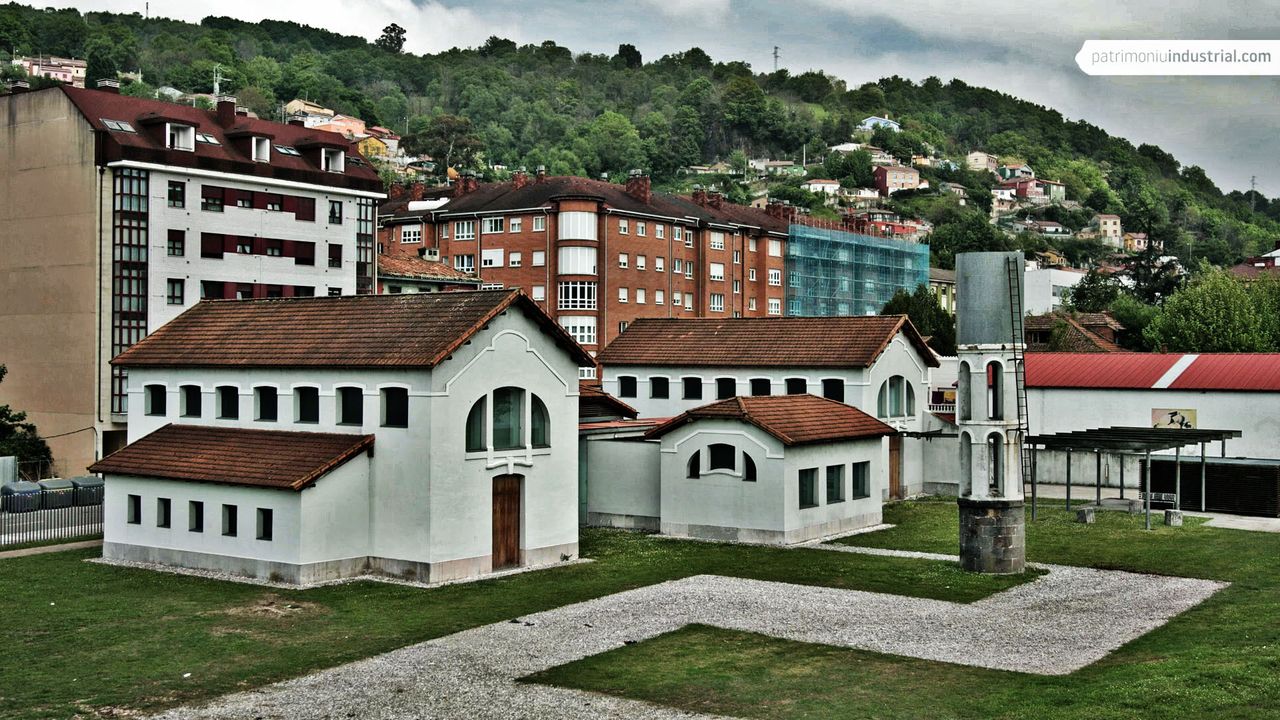
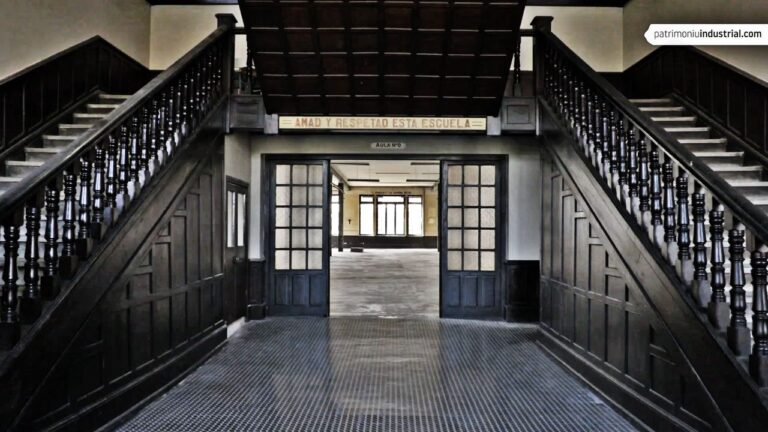
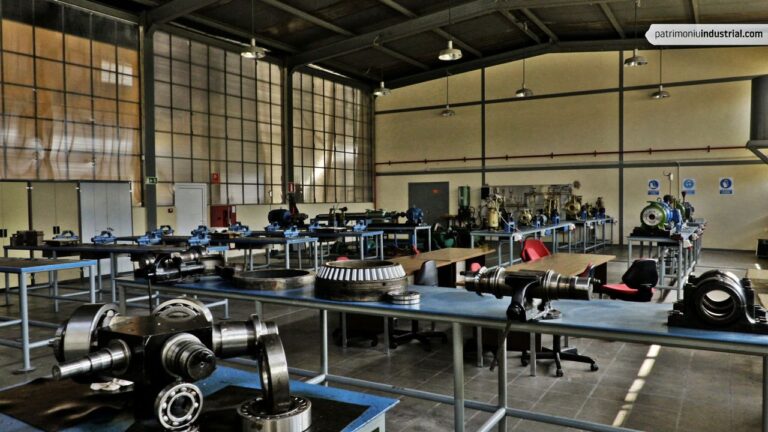
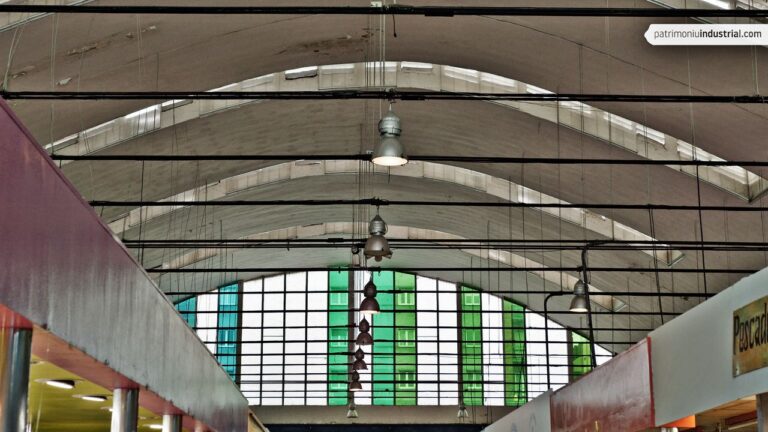

Recent Comments